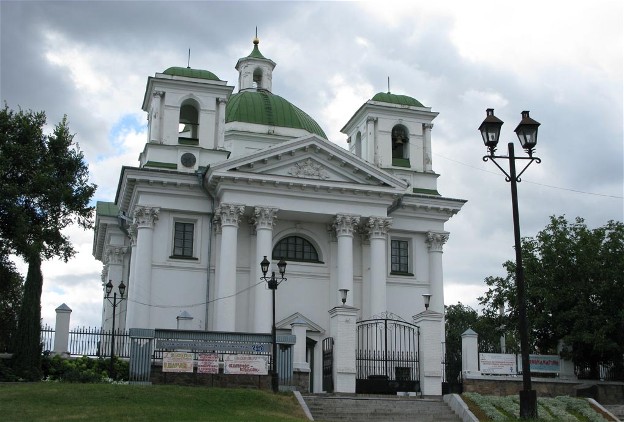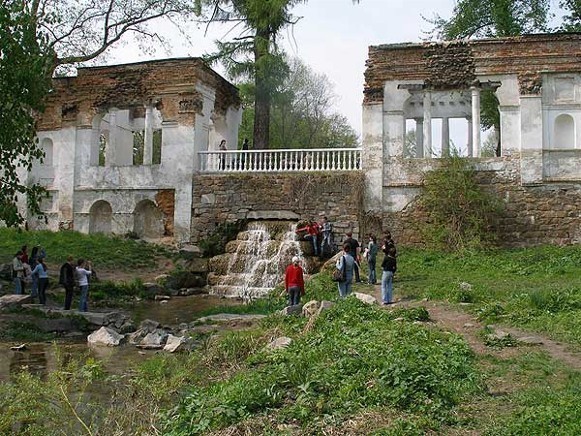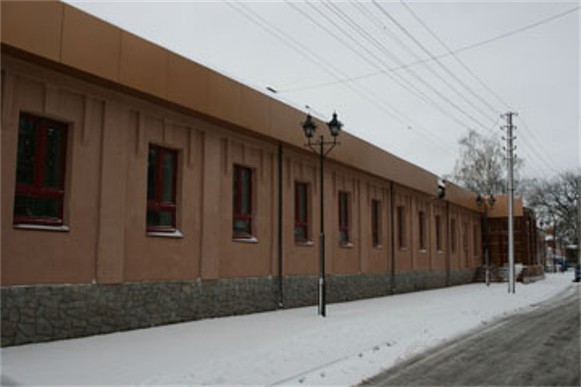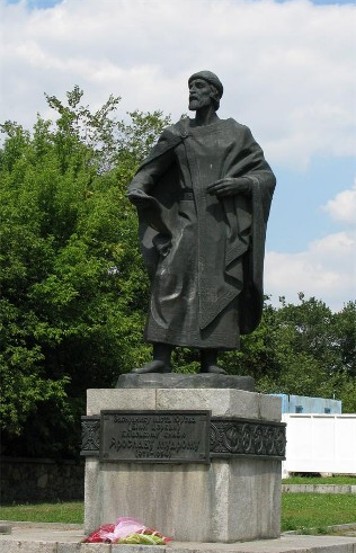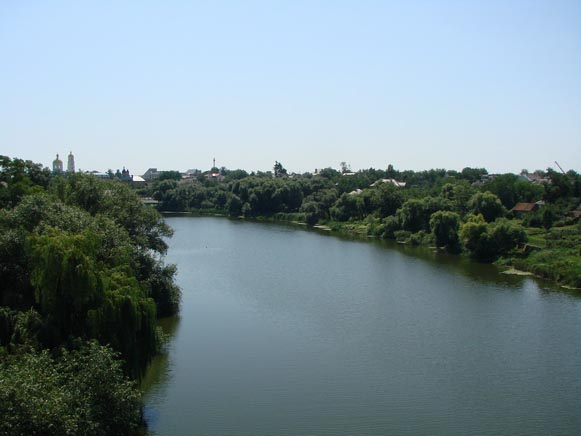Bila Tserkva
Bila Tserkva [Біла Церква; Bila Cerkva]. Map: IV-11. City (2017 pop 208,192); a raion center in Kyiv oblast, situated in the Dnipro Upland on the Ros River, 87 kilometers south of Kyiv. It was built on the site of Yuriiev, a fortified town founded by Yaroslav the Wise in 1032 that served as part of the southern line of fortifications defending Kyivan Rus’ from the attacks of nomadic tribes. The town endured numerous attacks by Cumans and other nomads and was devastated during the Mongol invasion in the mid 13th century. Its reconstruction began only after Rus’ warriors led by Prince Yurii Slutsky defeated the Mongols on the Rotok River in 1311. The town was renamed Bila Tserkva after the remains of a white stone church built in Yuriiev in 1050 by Yarsolav the Wise. The earliest extant recorded mention of this new name is found in historical documents under the year 1331. In the 1360s Bila Tserkva, together with the Kyiv region, came under Lithuanian rule. In the 1550s a fortified castle was built there. Under Lithuanian and subsequently Polish rule, Bila Tserkva was an important county center and was considered to be a crucial defense post against the Tatars, as a result of which the town burghers were exempted from taxes and labor services by the kings Sigismund II Augustus (in 1555) and Stephen Báthory (in 1580). After the Union of Lublin in 1569, Bila Tserkva was ruled by the voivode of Kyiv Kostiantyn Vasyl Ostrozky. In 1589 the town was granted Magdeburg law.
During the Cossack uprising in 1591 the Zaporozhian Cossacks led by Kryshtof Kosynsky took control of Bila Tserkva and used it as their base for further struggle in the Kyiv voivodeship, Bratslav voivodeship, Podilia and Volhynia. The town’s propulation was also active in the Cossack and popular uprisings led by Severyn Nalyvaiko in 1596 and Pavlo Pavliuk in 1637. At the outbreak of the Cossack-Polish War of 1648–54 Bila Tserkva became the seat of the Bila Tserkva regiment (1648–74, 1702–12). In 1651 Bohdan Khmelnytsky signed the Treaty of Bila Tserkva with the Poles at his camp near the town. After the Treaty of Andrusovo in 1667 Bila Tserkva, together with the rest of Right-Bank Ukraine, came under Polish rule. In 1702 the town, together with the rest of Right-Bank Ukraine, came under Polish rule. In 1702 Bila Tserkva was the center of an anti-Polish uprising led by Semen Palii, and in the second half of the 18th century the town was actively involved in the haidamaka uprisings, including the Koliivshchyna rebellion.
The town became the property of the Branicki family 1775 and in 1793 it was incorporated into the Russian Empire. In 1793–1799 a large park was created in Bila Tserkva, based on a Western European landscaping plan, and named after the project’s initiator Aleksandra Branicka. Today the Oleksandriia Dendrological Park, with an area of 201.5 hectares and over 1,800 endemic and exotic plant species, is Ukraine's largest dendrological park and an important center for scientific research in plant introduction and acclimatization under the auspices of the National Academy of Sciences of Ukraine (NANU). The Branickis funded the construction of several architectural monuments, including the Winter Palace on the bank of the Ros River, the Summer Palace, an ensemble of postal station buildings, the Church of Saint John the Baptist (1789–1812), the Transfiguration Cathedral (1833–9), and the Church of Saint Mary Magdalene (1843). The Church of Saint Nicholas, whose construction was initiated by hetman Ivan Mazepa and Colonel Kostiantyn Maziievsky in 1706, was finally completed in 1852. In 1809–14 the Market Stalls were built to provide space for 85 merchants to display their merchandise during the town’s eleven annual fairs, two of which (in May and August) were the largest fairs in the Kyiv gubernia. In recent years, the Market Stalls were revived as Bila Tserkva's entertainment complex housing shops, cafes, and restaurants.
Bila Tserkva was an active center of the Decembrist movement associated with the activities of the Vasylkiv branch of the Southern Society and, later, the Society of United Slavs, in particular, with the preparation of plans to assassinate Tsar Alexander I by Sergei Muravev-Apostol and his co-conspirators.
The emancipation of serfs and the reforms of the 1860s contributed to the rapid growth of the town’s population, from 12,075 in 1860 to 47,771 in 1900. Bila Tserkva developed into an important center of industry (especially food production), craftsmanship, and trade, particularly in agricultural products and sugar.
During the Ukrainian struggle for independence (1917–20), the staff command of the Free Cossacks was stationed, for some time, in Bila Tserkva. After Hetman Pavlo Skoropadsky’s coup d’etat, the toppled government of the Ukrainian National Republic, headed by Volodymyr Vynnychenko and Symon Petliura, established its headquarters in the city from where the uprising against the Hetman government, led by the Sich Riflemen, was launched.
Under Soviet rule, Bila Tserkva suffered considerably during the Famine-Genocide of 1932–3 when approximately 22,000 residents of the city and its environs perished. The city was also seriously devastated during the Second World War. It grew rapidly after the war reaching the population numbers of 71,000 in 1959, 109,000 in 1970, and 146,000 in 1978.
Today the city manufactures farm machinery (the factory was established in 1850 and in 1957 began to specialize in building machines for the production of feed for livestock), electrical capacitors, tires, rubber-asbestos products, shoes, clothing, furniture, and reinforced-concrete products. The city has an agricultural university, which began as a polytechnical institute in 1920. The city also has a regional ethnographic museum, the Saksahansky Music and Drama Theater, and the New Young Spectator Theater. The Oleksandriia Dendrological Park is one of Bila Tserkva’s main tourist attractions.
[This article was updated in 2009.]

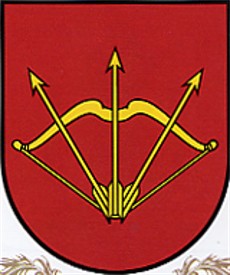
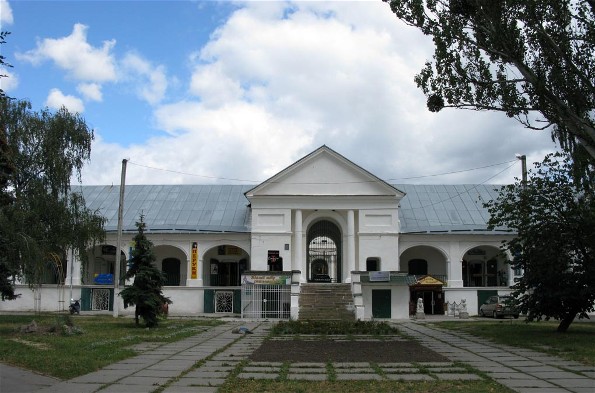
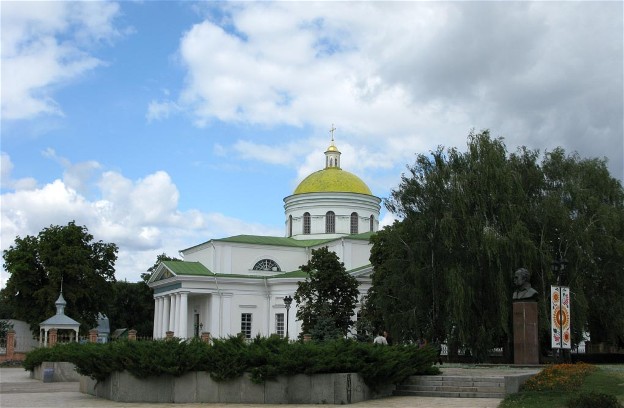
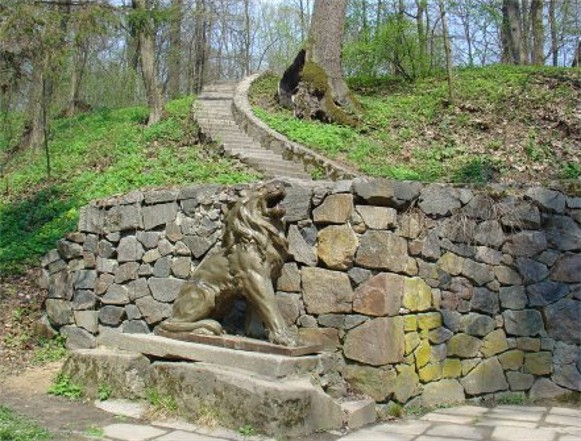
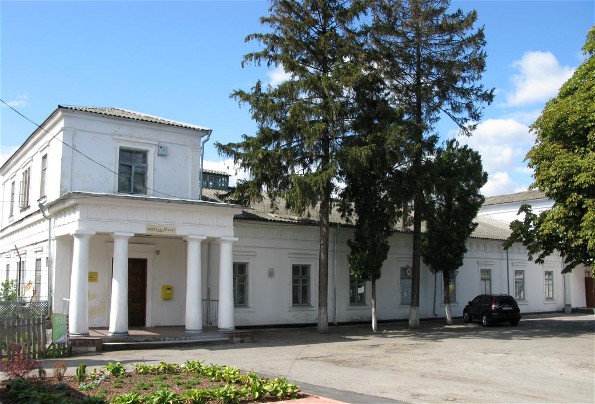
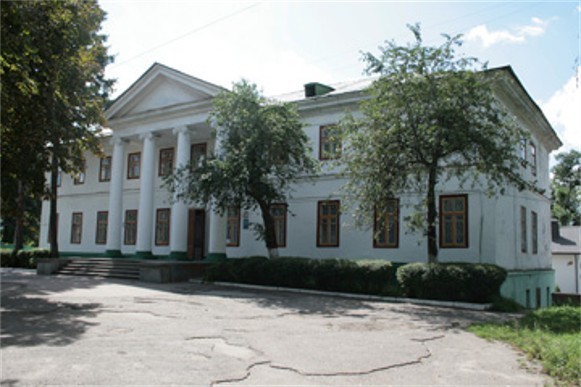
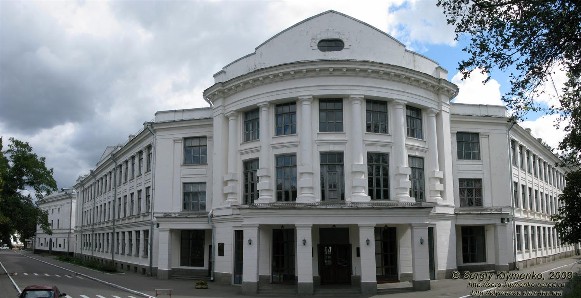
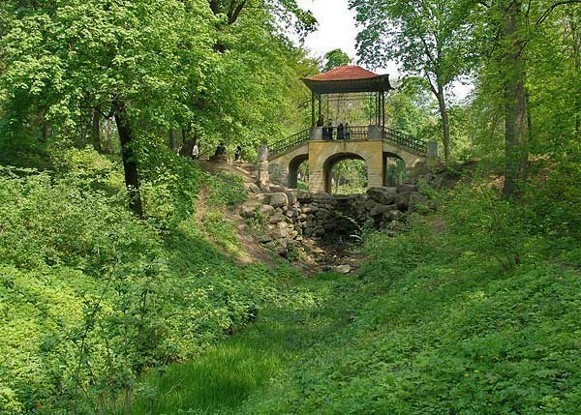
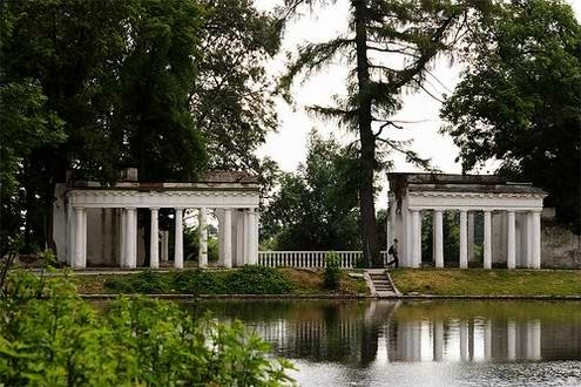
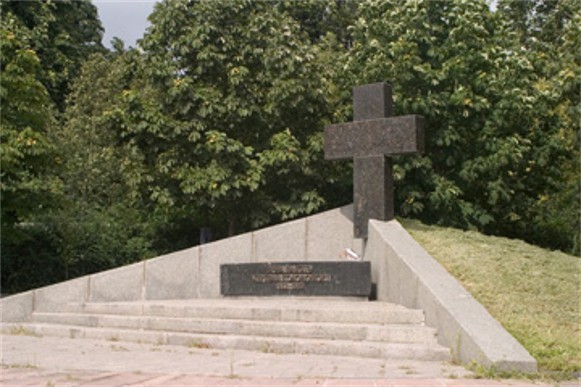
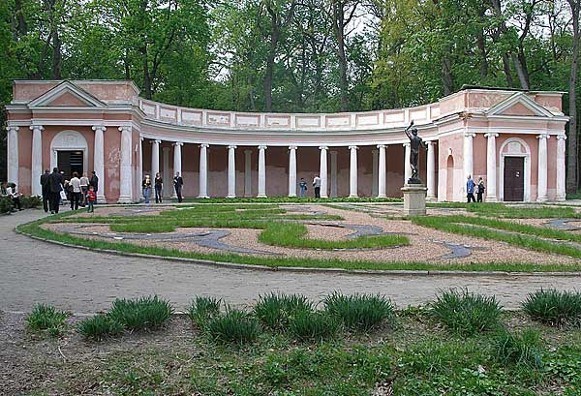
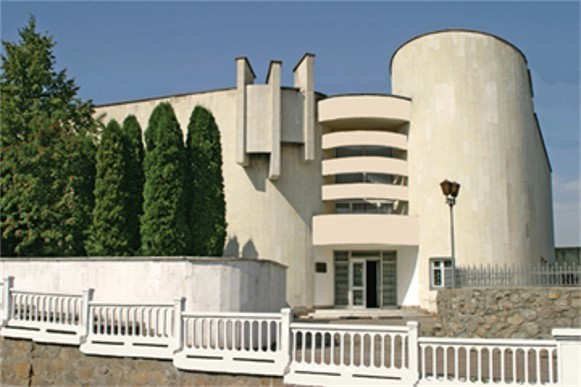
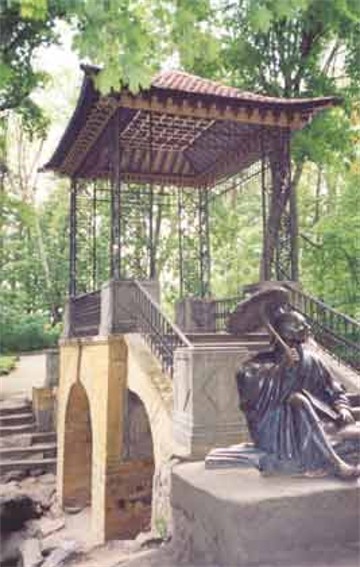
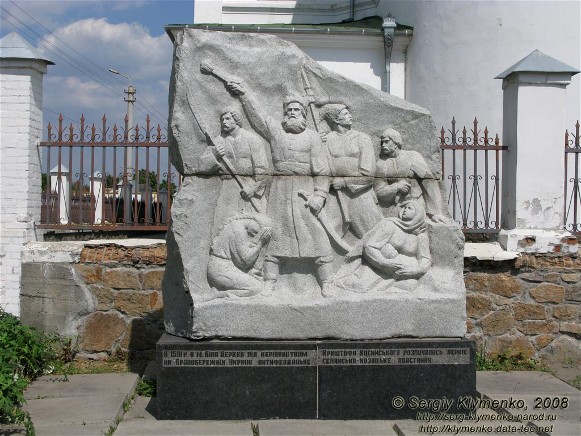
.jpg)
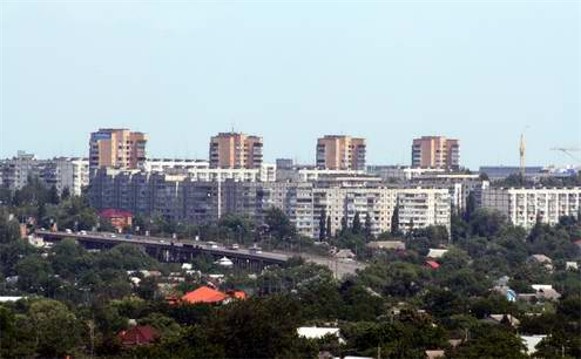
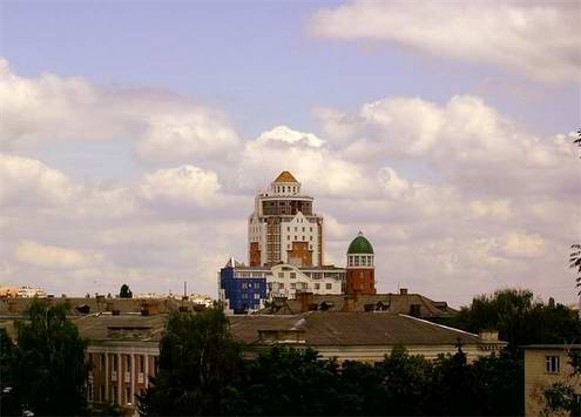
.jpg)
